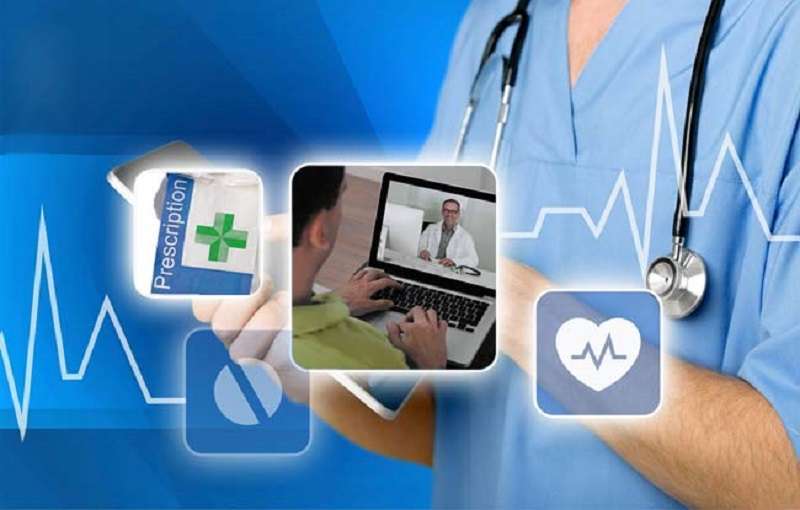Telemedicine as a term was coined in the 1970s. Also referred to as Telehealth or e-health, the service entails allowing healthcare providers to examine, diagnose, and offer relevant treatment to patients using the telecommunications technology. In short, telemedicine brings patients and doctors together via a virtual platform making it easier for both of them to access and be accessible without any hassle.
In telemedicine, physicians and patients can share information in real-time from one computer screen to another along with seeing and capturing readings using various medical devices from remote locations. With the help of telemedicine software, patients will be able to see a doctor for diagnosis as well as treatment without waiting for any formal appointment.
Telemedicine has been immensely useful to people requiring immediate medical attention in drastic situations, be it an injured soldier at a war location or patients either residing in rural areas or suffering from disability issues.
Let’s picture a couple of scenarios:
- Cough and fever
At first, it seems you are suffering from common cold with mild fever, runny nose, and body aches. But after some time, you develop cough, shortness of breath, and wheezing, which indicates a condition more than just cold. You need urgent medical care, but you don’t have the energy to leave your bed to endure a long wait time in urgent care with other sick people.
- Weekend road crash:
Your friend’s son loves skateboarding. He falls on the road, ending up with ugly abrasions on his forearm and shin. Your friend is worried that he probably needs more than what her first-aid kit at home could handle. But the pediatrician’s office is closed for the weekend and your friend doesn’t want to pay the deductible for an urgent care visit.
- Goopy eyes:
Your daughter is sent home sick from preschool with a diagnosis of Conjunctivitis. By the next day, you wake up with all the tell-tale signs – eyes shot through with red, crusty yellow goop at the corners accompanied by itchiness and burning. And to make matters worse, your doctor can’t see you that day!
What Telemedicine can do
With telemedicine, you can request a visit from the comfort of your bedroom and connect with a health provider in just a couple of minutes. The doctor can diagnose you and advise on next steps for recovery. Everything gets over in 30 minutes or less, without you having to leave your bed.
The communication can be made highly interactive through video conferencing, allowing physicians to assess injuries and instruct patients on how to care for wounds, treat the pain and what to watch out for in the days to come.
Getting to required medication is easy as doctors can e-prescribe and have the relevant to message you once the prescription is ready. You can either pick it up personally or get it home delivered!
How big is the Telemedicine opportunity?
So far as the statistics is concerned, telemedicine visits have increased at an average compound annual growth rate of over 50% per year since the last decade. USC’s Keck School of Medicine lists mobile health as one of the three fastest-growing public health technologies in today’s age. From 2017 to 2023, the global telemedicine market is projected to grow at a compound annual growth rate of 16.8%. By 2025, however, it is expected to exceed $64.1 billion in the U.S. while making the market to surpass $130.5 billion globally.
Why should you care?
The potential of telemedicine of being fruitful to both healthcare providers and patients makes it essential for both of them to take the concept seriously. While the former will get a good opportunity to earn more, the patients will have the chance of connecting with their physicians whenever they require. With Telehealth as the future healthcare platform, the hospitals, physicians, and nurses will be able to attend and deal with more patients in a day, thereby boosting their earning potential. The patients, on the other hand, will save on their travel cost as their doctors will be right in front of them whenever they need. Above everything else, telemedicine also provides great help with chronic care management.
Healthcare startups are quick to recognize the opportunities and are leading the change with innovative smart healthcare devices and wearables, indicating the rapid pace at which the market is moving beyond the periphery of basic healthcare access.
How Bridgera can help
Bridgera has been developing custom smart/ digital healthcare solutions for its customers using the leading edge technologies like IoT, Analytics, Mobility and Cloud. Our technology platform is the fueling engine behind creating new solutions to help companies become smarter and more efficient.
Please CONTACT US today to accelerate your Telemedicine journey.






